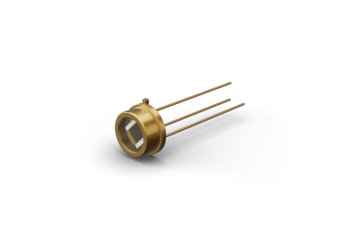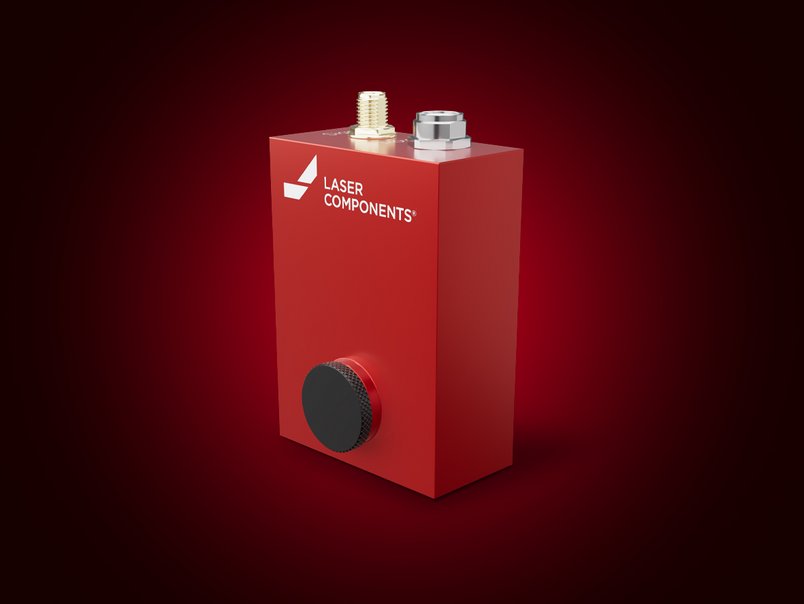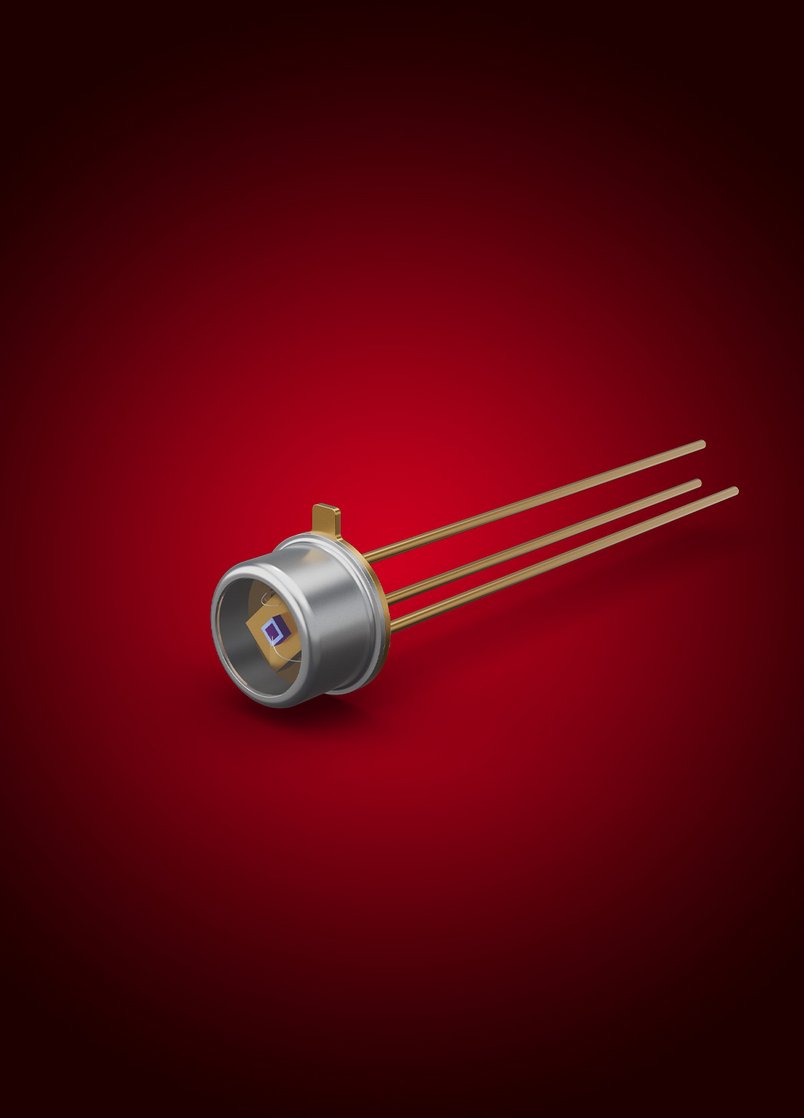IR Detectors








Our IR Detectors
Panchromatic, photoconductive and thermal detectors
InGaAs PIN Photodiodes
Modern InGaAs PIN photodiodes are panchromatic and convert broadband light to photocurrents in the Visible-NIR range. Concretely speaking, this means a sensitivity range from 500 nm to 1700 nm for regular InGaAs and – in increments – up to 2600 nm for extended InGaAs.
PbS and PbSe Detectors
PbS is a standard Short-Wave Infrared (SWIR) semiconductor detector (1 - 3.3 µm) whereas PbSe is used in the Mid-Wave Infrared (MWIR) range (1 - 4.7 µm when uncooled; up to 5.2 µm when cooled). Our PbS and PbSe detectors are photoconductive; the detector resistance is reduced during illumination. The crystal structure is polycrystalline and is produced via chemical deposition.
Pyroelectric IR Detectors
A pyroelectric IR detector is a thermal detector in that it responds to the change in heat (IR) absorbed on its surface. Thermal detectors are polychromatic with a very wide spectral bandwidth.
The nature of the pyroelectric effect is that in a highly-ordered crystal (or ceramic), a temperature change in the element causes its atoms to move slightly out of position. This rearranges its electrical charge, which is measured in the electrodes on its surface.
The pyroelectric effect is found in many materials. The most commonly-used materials are deuterated lanthanum α alanine-doped triglycine sulfate (DLaTGS) and lithium tantalate (LTO).

Manufactured in Arizona
LASER COMPONENTS Detector Group


Tip 2
Different IR Technologies Give our customers the freedom to choose the best Detector for their Application.
We have implemented different technologies in our IR detectors making it possible for our customers to always find an ideal solution. Depending on the application, one technology may be more ideal than the other. LASER COMPONENTS not only offers high quality components, but also profound technical expertise and individual assistance. This is a rare trait amongst custom manufacturers, of which we are immensely proud.


Tip 1
Ask for Customized IR Detectors That perfectly meet your needs.
When it comes to (x-)InGaAs or InAs PIN photodiodes, customers can choose from different package styles, cooling features and customized designs. Custom filters are key for pyroelectric detectors to detect the right material.
What is Your Challenge?
Beyond Borders


LASER COMPONENTS Germany GmbH
News & Events
from the infrared world
Download
Beyond Borders

















